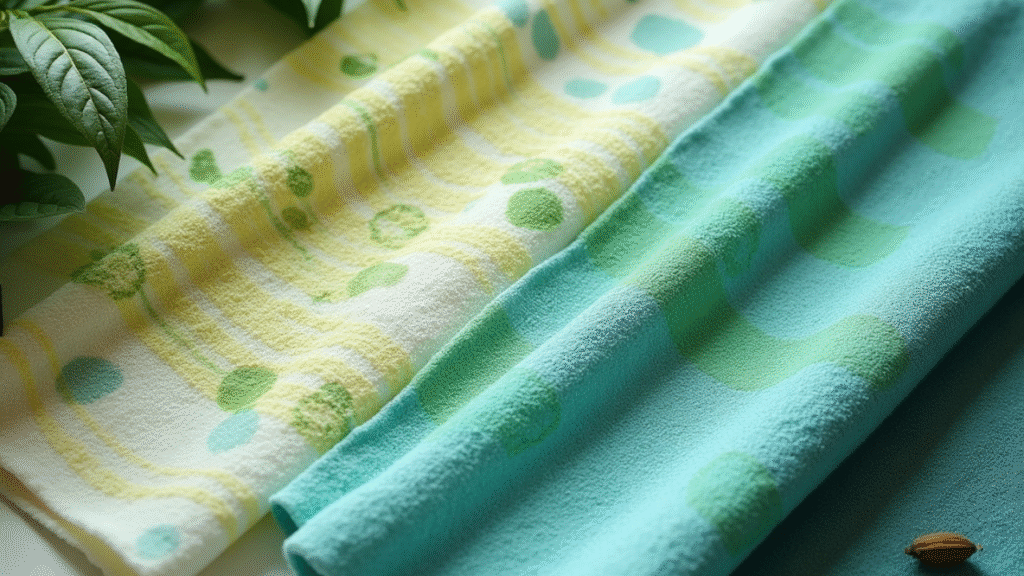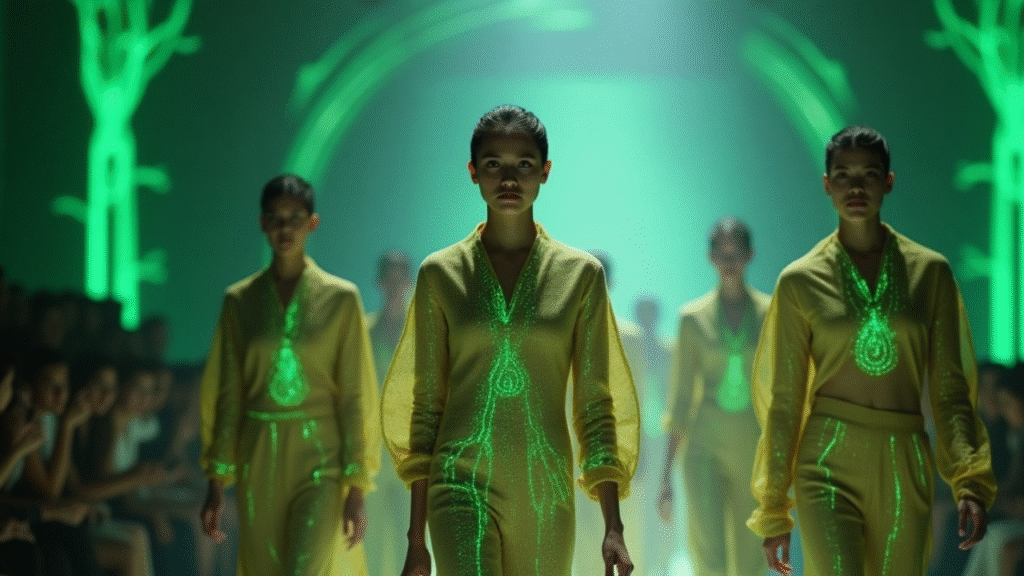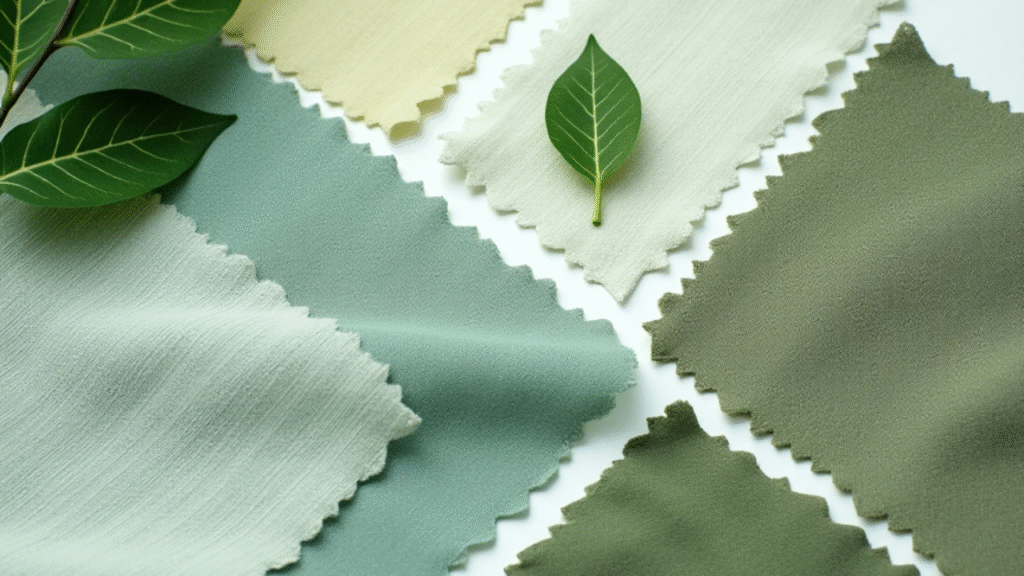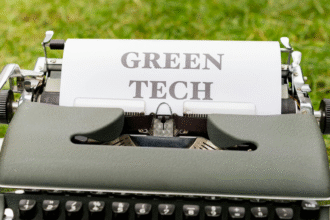Fashion has always been a symbol of expression, creativity, and identity. But in recent years, the industry has been under the spotlight for its environmental impact. From water-hungry cotton cultivation to chemical-heavy dyeing processes, fashion has left a massive carbon footprint on the planet. Thankfully, things are changing. With the rise of green technology, the fashion industry is starting to transform into something smarter, cleaner, and more sustainable.
One of the most exciting areas of this transformation is smart fabrics—textiles that do more than just cover our bodies. Combined with eco-friendly production methods, smart fabrics are pushing fashion into a new era where style, function, and sustainability can co-exist. Let’s explore how green technologies are reshaping apparel, making fashion not just smarter but also cleaner for the planet.
What are Smart Fabrics?
Smart fabrics, also known as e-textiles or intelligent textiles, are materials designed with advanced technologies that allow them to sense, respond, or adapt to environmental conditions. Imagine clothes that can:
- Regulate body temperature
- Monitor your heart rate
- Charge your phone
- Or even change color with sunlight
But what makes them truly revolutionary in today’s context is their integration with green technology. Many modern smart fabrics are being designed with eco-friendly materials, low-energy manufacturing methods, and recyclability in mind.

Green Technology Meets Fashion
Green technology in fashion is all about reducing environmental harm while maintaining functionality and aesthetics. This includes:
- Sustainable fibers like organic cotton, hemp, bamboo, or even lab-grown spider silk.
- Eco-friendly dyes made from plants or microbes instead of toxic chemicals.
- Waterless dyeing technologies that save millions of liters of water.
- Energy-efficient production processes powered by renewable energy.
When these sustainable practices merge with smart textiles, the outcome is apparel that isn’t just fashionable but also part of a cleaner, more responsible future.
Examples of Smart, Green Fashion Innovations
- Temperature-Regulating Fabrics
Brands are developing fabrics that keep you warm in winter and cool in summer—reducing the need for heating or air conditioning and, in turn, lowering energy consumption. - Biodegradable Smart Textiles
Some researchers are experimenting with fabrics that integrate sensors yet are fully biodegradable, ensuring zero waste after use. - Solar-Powered Clothing
Jackets and backpacks with flexible solar panels can charge small devices. When created with recyclable solar cells, they bridge tech with sustainability. - Recycled Plastic into Smart Apparel
Old PET bottles are being converted into smart fabrics that can track athletic performance. This reduces plastic waste while adding futuristic functionality to clothing. - Eco-Friendly Sportswear with Wearable Tech
Sports brands are embedding sensors into eco-friendly fabrics to monitor workouts. Imagine your T-shirt guiding you through a fitness routine—without harming the planet.

How Smart Fabrics Reduce Fashion’s Environmental Impact
Traditional fashion is often wasteful, but smart, green textiles can make a real difference:
- Less Waste: With fabrics that adapt or serve multiple functions, people need fewer clothes.
- Energy Savings: Self-regulating fabrics reduce heating and cooling needs.
- Circular Economy: Recyclable or biodegradable fabrics keep textiles out of landfills.
- Resource Conservation: Waterless dyeing and organic fibers minimize the use of natural resources.
Smart fabrics essentially combine functionality with eco-responsibility, offering a double win for consumers and the planet.
Challenges Facing Green Smart Fabrics
Of course, the road isn’t without bumps. Challenges include:
- High Costs: Smart fabrics often require latest research and technology, making them more expensive.
- Consumer Awareness: Many people are still unfamiliar with how smart fabrics work.
- Durability Concerns: Ensuring electronic components remain effective without harming recyclability is tricky.
- Scaling Production: Bringing these innovations from labs to everyday wardrobes takes time.
Despite these hurdles, the momentum is growing, especially as both consumers and governments push for sustainable solutions in fashion.
The Future of Fashion: Smart, Clean, and Conscious
The next decade will likely witness a fashion revolution. Imagine biodegradable yoga pants that track your breathing, or office shirts that regulate sweat while being made from recycled fibers. As technology advances, smart fabrics will become more accessible and widespread.
What’s even more exciting is the role of AI, 3D printing, and blockchain in ensuring fashion stays transparent and eco-friendly. For example:
- AI-powered design tools are helping brands create zero-waste patterns.
- 3D printing with sustainable materials is cutting fabric waste.
- Blockchain ensures supply chains remain transparent, so consumers know their clothes are ethically and sustainably produced.
Smart fabrics, paired with green technology, have the power to transform fashion into an industry that’s not just stylish—but climate-conscious and future-ready.

Final Thoughts
Fashion has always been about looking forward, predicting trends, and setting the tone for culture. Today, it has an even bigger responsibility—to protect the planet. Smart fabrics and green technologies are leading the way, showing that fashion can be innovative, functional, and eco-friendly at the same time.
So next time you slip on a T-shirt or zip up a jacket, imagine a future where your clothing does more than just cover you—it helps heal the planet too.







